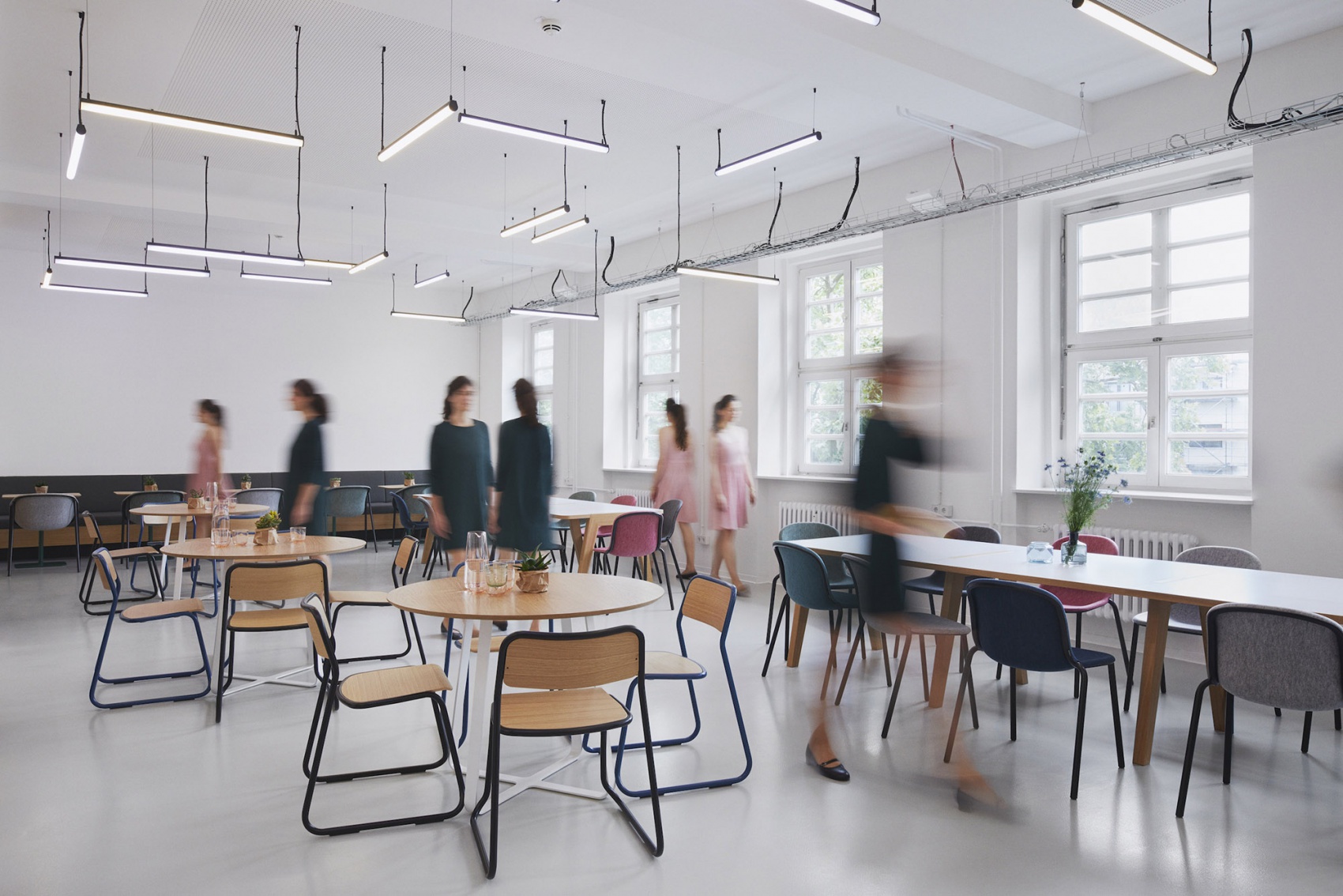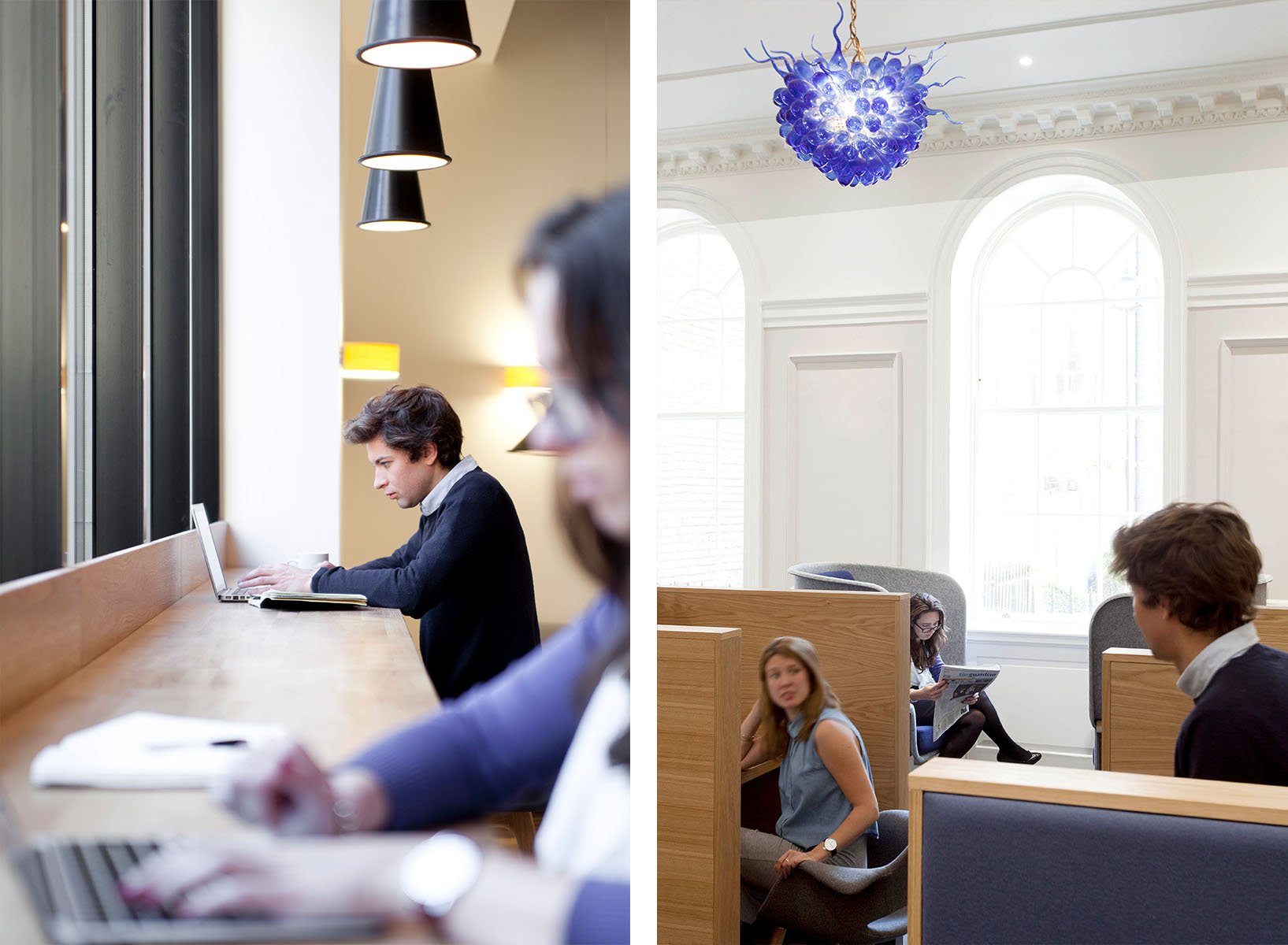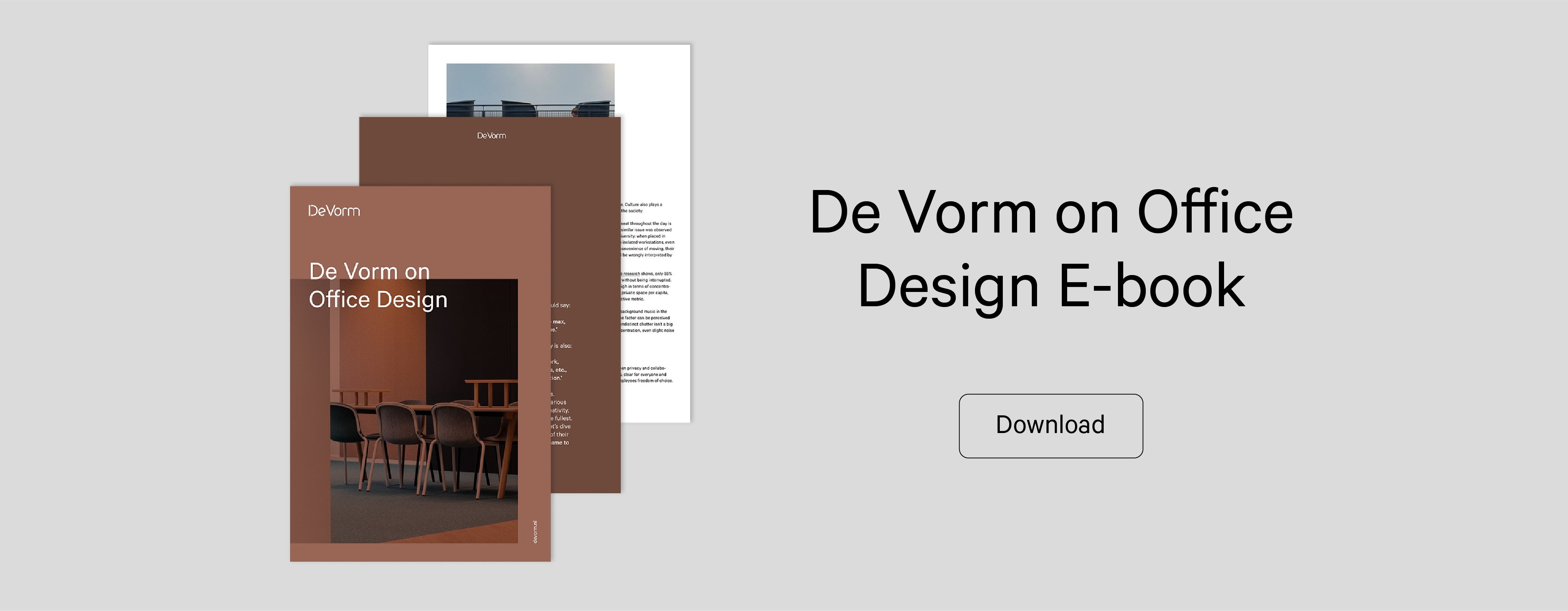Journal
How to Design Workplaces for Different Personalities
Today's office designs are ultra-modern and often fully equipped with the coolest flexible workspaces and football tables. Consider the diversity of your colleagues, their personalities and their working style preferences. Do contemporary workspaces suit the majority of the people who work there? What are some of the important elements of workplace design?

Elements that affect the contemporary workplace
Traditionally, office design is based on the company’s brand and their corporate identity is often reflected everywhere. However, times are changing and the contemporary office environment is undergoing a revolutionary change.
The workplace design is becoming increasingly human-centric. It focuses on employees, their experiences and interactions to serve them in the best possible way. At the same time, diversity and inclusion becomes an indispensable part of the workforce. Employers strive to build heterogeneous teams in order to boost creativity and cooperation. As a result, the modern workplace presents a mix of different personalities and backgrounds that it has to cater for. Meanwhile, the needs of employees co-existing within one workplace become more and more diverse, at times even contradicting. And the role of an architect in designing the workspace to accommodate all of this has never been so challenging. So, how can you design a fit-for-all workplace (and is it even possible)?

Human-centered workplace design
The working environment should resonate with the people who actually work there. It’s important to take the work itself into account, along with the working styles and personalities of the individuals who perform it. This doesn’t mean that you need tailor-made solutions for each employee, but it also doesn’t mean that you can assume a ‘’one size fits all’’ in the office design process. Analyzing and identifying the major personality types within a company can go a long way in designing their ultimate workspaces.
Understanding different personalities
Descriptions of workplace personalities come in different packaging. However, all of them can be brought down to the basic personality types and traits. The Big Five is one of the commonly used theories that describes the main employee traits:
Trait 1 | Openness to Experience
Openness to experience refers to one’s willingness to try new things as well as engage in imaginative and intellectual activities. Those who score high on openness to experience are perceived as creative and artistic. People who score low on openness to experience prefer routine. They are uncomfortable with change and trying new things so they prefer the familiar over the unknown.
Trait 2 | Conscientiousness
A person’s ability to regulate their impulse control in order to engage in goal-directed behaviors. Those who score high on conscientiousness can be described as organized, disciplined, detail-oriented, thoughtful, and careful. Those who score low on conscientiousness may struggle with impulse control, leading to difficulty in completing tasks and fulfilling goals.
Trait 3 | Extraversion
Extraversion reflects the tendency and intensity to which someone seeks interaction with their environment, particularly socially. Those high on extraversion are generally assertive, sociable, fun-loving, and outgoing. Those who score low in extraversion are often referred to as introverts. These people tend to be more reserved and quieter.
Trait 4 | Agreeableness
Agreeableness refers to how people tend to treat relationships with others. Those high in agreeableness can be described as soft-hearted, trusting, and well-liked. Those low in agreeableness may be perceived as suspicious, manipulative, and uncooperative.
Trait 5 | Neuroticism
Neuroticism describes the overall emotional stability of an individual through how they perceive the world. Those who score high on neuroticism often feel anxious, insecure and self-pitying. They are often perceived as moody and irritable. Those who score low on neuroticism are more likely to calm, secure and self-satisfied.
A study by Soto and John concluded that people’s scores of the Big Five remain relatively stable over time. Slight changes might occur as people get older. For example, overall agreeableness and conscientiousness tend to increase with age. On the contrary, openness to experience and neuroticism decreased slightly from adolescence to middle adulthood. So, age is another factor to take into account when designing a heterogenous workplace.

Striking the balance between personalities
Taking into account al the factors, we come to the conclusion that designing for different personalities requires a comprehensive approach. The more diverse is a team, the more complex becomes the workplace design. However, there are some general recommendations that can help you strike the right balance between the needs of different personalities.
Introverts are more sensitive to external stimuli and working in large, collaborative groups can be tiring for them. So why not provide a few private meeting rooms or closed workstations? Look for ways to optimize and control sound with acoustic panels, ceilings and/or partitions. Having access to a variety of spaces, introverted workers can get extra privacy when they need it.
On the other side, extraverted workers need social interaction during the working day. Social and breakout areas are essential to them, so make sure these are present in the workplace as well. Also, extraverted people perform great at shared workstations - this way, they collaborate with the team and generate ideas together.
Since the agreeable type likes to engage the interests of their colleagues, an open workspace also works well for them, encouraging collaborations. In the office design you may think of idea banks, spaces for casual meetings and — especially for brainstorm sessions - inspiration boards.
Conscientious types appear to be more aware of their personal space than others. Hot desking is unlikely to work for them. For these workers, a personal, somehow isolated workspace might be a necessity. Especially when work demands uninterrupted focus, there should be an option to screen off the distractions - workplace dividers or privacy furniture would be a good solution.
For people who are open to experience, there should be room for visual and creative work. This can be a workshop space or a brainstorm area with white/moodboards, inspirational materials and creative tools. 
Activity-based workplace design
It's important to remember that we're always talking about a limited space. So, you should carefully consider how you will divide this space to meet the needs of different personalities. In many cases, it's impossible to dedicate a fixed spot to every employee - and even when it is, such layout might lead to an inefficient use of office space.
Activity-based workplace design can be a solution here. It creates a flexible office environment where people are provided with a choice of settings that support a variety of tasks throughout the day. As a result, employees have a freedom to choose when, where, and how they work is necessary for their success. Combined with the extensive knowledge of personalities existing within the organization, activity-based workplace can help you create the right combination of open, closed and social spaces that will need everybody's needs.
Curious about other factors that have to be considered in workplace design? Our next article is dedicated to the generation gap and its effect on the modern office.


